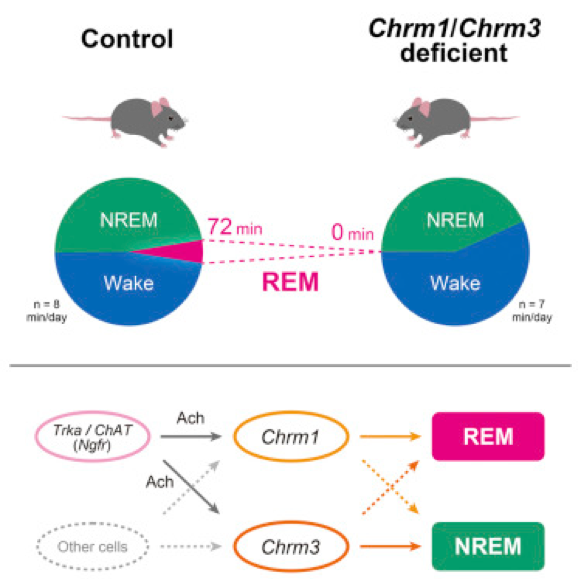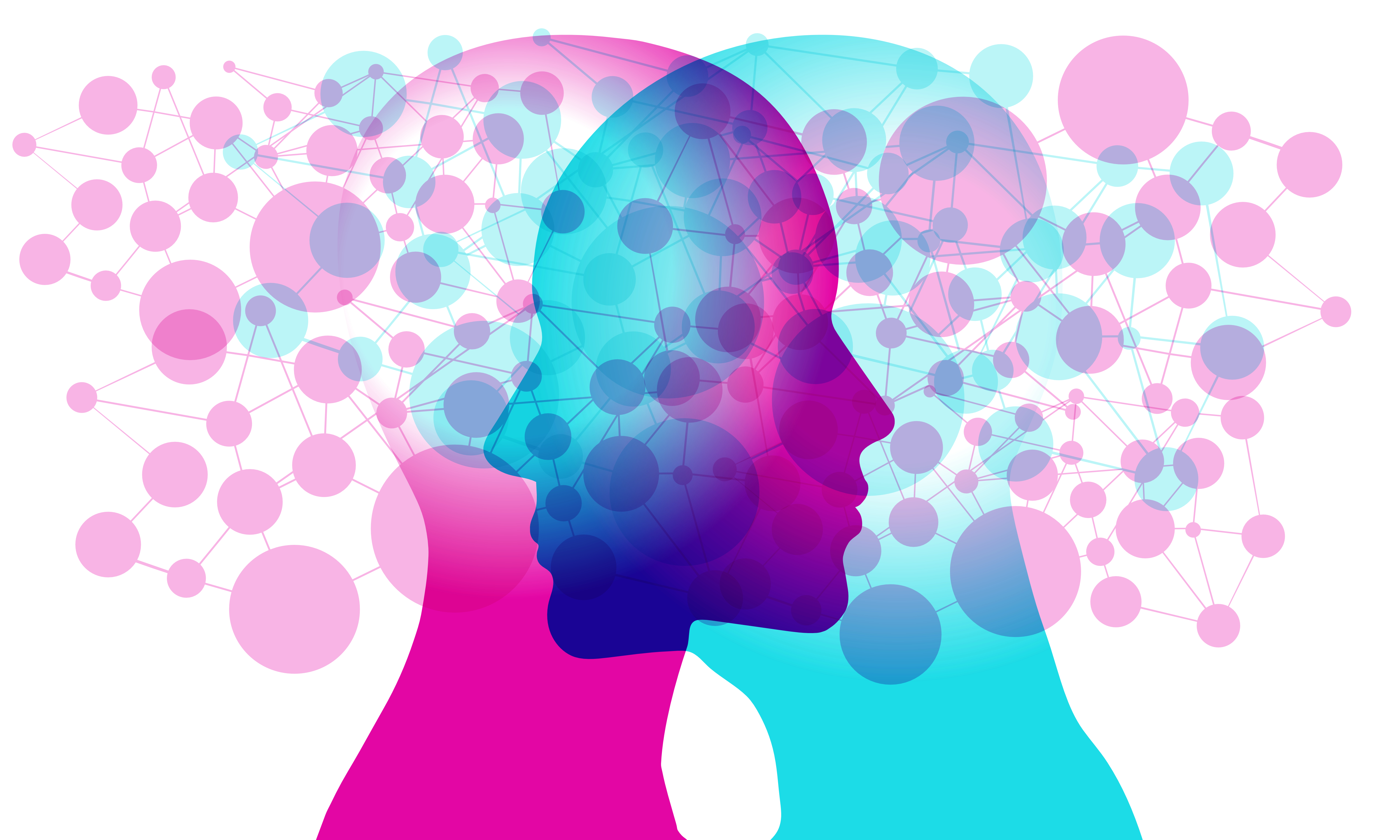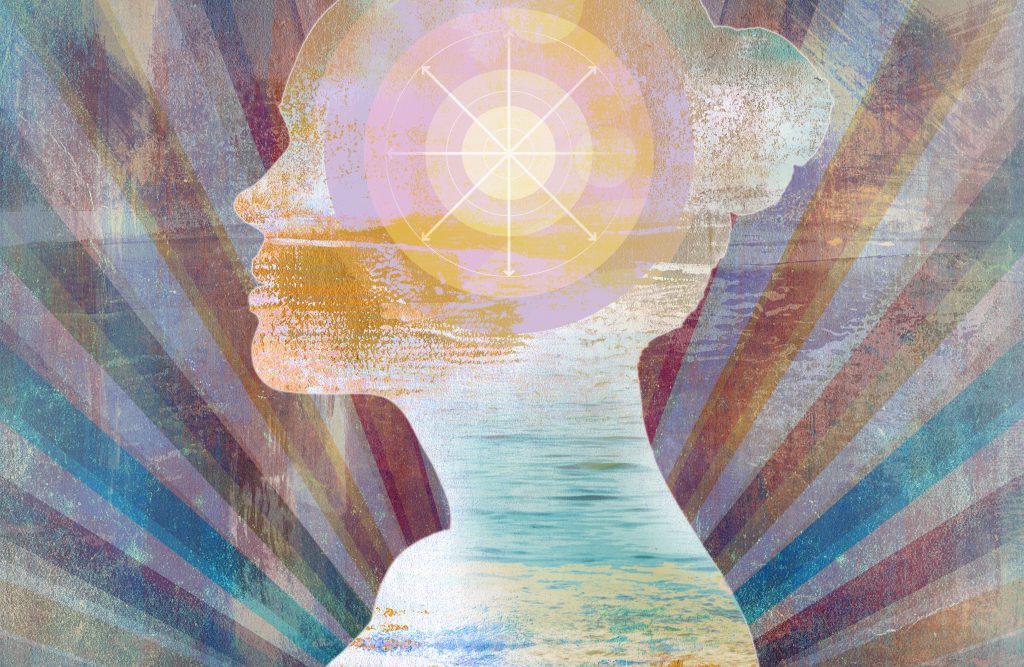Throughout human history, dreams were regarded as a sign of what might happen in your life and the world.
Today researchers are learning more and more about how sleep and the brain control your dreams. The human brain is wired to do many things during the stages of sleep.
We now understand different types of dreams and classify them into categories.
Lucid dreaming is a term scientists use to describe when you know the situation you are experiencing, is in fact, a dream. It’s a scenario with exciting possibilities.
Being able to control your dreams may have many benefits. These may include:
- Learning and integrating new skills
- Reversing mental health conditions
- Curing nightmares
- Reversing PTSD
- Reverse sleep disorders
Neuroscientists now understand the chemistry of dreams and how you can use specific supplements to trigger lucid dreams.
Research has investigated a supplement called galantamine to treat Alzheimer’s disease. It acts on enzymes that break down a neurotransmitter known to trigger dreams during sleep.
Brain conditions like Alzheimer’s disease associate with sleep disorders. Even a few nights of sleep deprivation can increase the build-up of Amyloid plaques in the brain, that contribute to mental decline. (1)
However, new studies show galantamine may also trigger a lucid dream.
In this article, we’ll explore:
- The brain chemistry of what causes lucid dreaming
- The study that used galantamine to trigger lucid dreams
- How to use Galantamine to trigger a lucid Dreams
Why do Dreams Happen in REM Sleep?
Let’s take a quick look at the neuroscience of sleep and dreams.
In mammals and birds, sleep is split into two types:
- Non-Rem Sleep (NREM) – Deeper sleep when the brain directs cleansing of the bodily organs (eg. Digestive system). Slower deeper brain waves (Delta waves) occur in these phases.
- REM (Rapid Eye Movement) – When the brain undergoes self-cleansing. Faster brain waves (Beta Waves) are recorded that are similar to wakeful brain waves.
We now know that most dreams occur during REM sleep. During this period, the brain is doing ‘self-work’ like removing build-up from the day.
Brain waves during REM sleep are faster, similar to waking hours, than those during NREM sleep.
Understanding the stages of sleep tells us that dreams could be a good indicator of healthy sleep.
If you don’t dream, then it might mean you’re not getting enough, or good quality REM sleep.
What Causes Lucid Dreaming?
If you’re new to Lucid dreaming, you can read this article: What is Lucid Dreaming?
It’s now understood that specific types of neurotransmitters manage the sleep cycle.
Acetylcholine (ACh), is a neurotransmitter known to induce the REM sleep cycle. The more ACh in your brain, the more likely that you’ll trigger lucid dreaming.
Scientists have studied the brain receptors for (ACh).
These include:
- Acetylcholine receptors: Chrm1 and Chrm3
They removed the genes that regulate these receptors in mice. The result was less REM sleep in the study group.

Image: By removing ACh receptors in mice, researchers reduced the amount of REM sleep in the test group. Source (2)
How to Trigger Lucid Dreaming with Galantamine
One method to trigger lucid dreaming is to prevent the breakdown of ACh in the brain.
By using a drug or supplement called galantamine, scientists found they were able to trigger lucid dreaming.
The supplement was approved by the FDA in 2001.
Studies on galantamine have found: (3)
- Improvement in both short and long-term memory
- Reduction symptoms of Alzheimer’s disease
- Effective in treating mild to moderate dementia
Galantamine increase ACh levels in the brain. It seems to improve higher memory allowance, which improves dream recall as well as the ability to lucid dream.
What is Galantamine?

Image: Galantamine is a molecule that may increase levels of ACh in the brain and could be a useful lucid dreaming technique. Source
When neurotransmitters are released, the body uses them and or breaks them down. Inhibitors stop the action of a particular neurotransmitter or enzyme.
Galantamine is a natural supplement:
- It’s an alkaloid isolated from bulbs of a variety of flowers
- Found in daffodils and red spider-lily’s.
- As a chemical, it is an Acetylcholinesterase inhibitor (AChEls).
Galantamine inhibits the enzyme that breaks down ACh. It hence increases the amount of ACH present in the brain.
These mechanisms explain why it may help improve REM sleep and lucid dreaming.
Galantamine is known to have powerful mind-inducing effects. It may even be regarded as a Nootropic (brain-enhancer).
It belongs to a class of substances frequently reported with the side effect of an increase in the vividness or intensity of dreams.

Image: Galantamine increases the action of Ach on muscarinic receptors in the brain. Source (4)
REM Sleep and Triggering Lucid Dreaming
A 2018 double-blind, placebo-controlled, crossover study looked at galantamine and lucid dreaming. (5)
What they did:
- 121 participants (63 males, 58 females)
- 3 consecutive nights
- Used sleep interruption roughly around the third REM cycle in the night
- MILD technique (a lucid dreaming technique)
- Each subject was given a random packet containing 0 mg, 4 mg, or 8 mg of galantamine
Dreams were classified as:
- None
- DILD (dream-initiated lucid dream)
- WILD (wake-initiated lucid dream)
The results:
- 62% reported one or more lucid dreams
- 57% on one or more nights with galantamine
- 42% with the 8 mg galantamine dose
- 27% with the 4 mg galantamine dose
- 14% with the active placebo procedure
A total of 69 out of 121 participants (57%) successfully had a lucid dream on at least one out of two nights on an active dose of galantamine.
How to use Galantamine to Trigger Lucid Dreaming
Always check with your physician before starting a supplement or medication.
- Lucid Dreaming Dosage:
The most common dosage for lucid dreaming is 4-8mg. It might be best to start with 4mg, record your results, and increase to 8mg if needed.
Here are a two different galantamine supplements with 4mg and 6mg options.
- Technique and how to take galantamine as a sleep supplement:
Take the pill after 4-6 hours of sleep – it will gain its highest activity in an hour. Set an alarm between 3-4am, take the pill, and go straight back to sleep
- What happens in lucid dreams?
As you enter the stage between wakefulness and sleep, (hypnagogia) you may experience hallucinations.
- Random speckles
- Geometric patterns or lines
- Monochrome patterns or rich colors
- Still or moving patterns
- Flat or three-dimensional shapes
If you see these, stay as still as possible, it’s likely you’re entering a lucid dreaming state.
What Happens in Lucid Dreams, and are there Dangers?
Always check with your physician and ask about interactions with medications you’re taking.
If you’re new to lucid dreaming read this blog before taking any medication or supplement. What is Lucid Dreaming?
Danger or side-effects may include:
- Being unable to discern between reality or dreaming
- Sleep paralysis
How do I Trigger a Lucid Dream with Sleep Techniques?
- Practicing mindfulness and meditation
Meditation is likely to increase your chances of lucid dreaming.
During the day, or even right before going to sleep, meditate for at 10-15 minutes.
Here are a few resources and explanations for beginners.
- Good Sleeping Patterns
Good sleeping patterns mean balancing melatonin levels released from the pineal gland.
These depend on:
- removing artificial light in the night
- getting daily and morning sunlight
- breathing deeply through the nose all night
- good sleep hygiene
- healing the pineal gland
- Promote REM sleep:
If you feel REM Sleep or lucid dreaming starting, try to be as still as possible. This allows your body to enter sleep paralysis. It’s this stage that the brain immerses itself in the world of rapid eye movement sleep.
Conclusion
The benefits of lucid dreaming are now being understood to include better memory, focus, learning, and healthy sleep.
With proper REM sleep cycles, the brain may reduce the risk of conditions like Alzheimer’s disease, and dementia.
Galantamine whilst approved as treatment for Alzheimer’s disease may also be effective to trigger lucid dreaming.
For better sleep use with meditation and mindfulness practices.
Now it’s up to you.
Have you experienced lucid dreaming? What techniques did you do to induce better REM sleep and lucid dreaming?
Leave your thoughts in the comment section below.
Further Reading:
- https://www.ncbi.nlm.nih.gov/pubmed/29632177
- https://www.cell.com/cell-reports/fulltext/S2211-1247(18)31200-2
- https://link.springer.com/article/10.2165/00003088-200342150-00005
- https://www.ncbi.nlm.nih.gov/pubmed/18088197
- https://www.ncbi.nlm.nih.gov/pmc/articles/PMC6082533/
- https://humanoriginproject.com/what-is-lucid-dreaming-6-techniques-self-realization/


 A supplement that stops the breakdown of the neurotransmitter ACh the brain could be a useful lucid dreaming technique
A supplement that stops the breakdown of the neurotransmitter ACh the brain could be a useful lucid dreaming technique






















